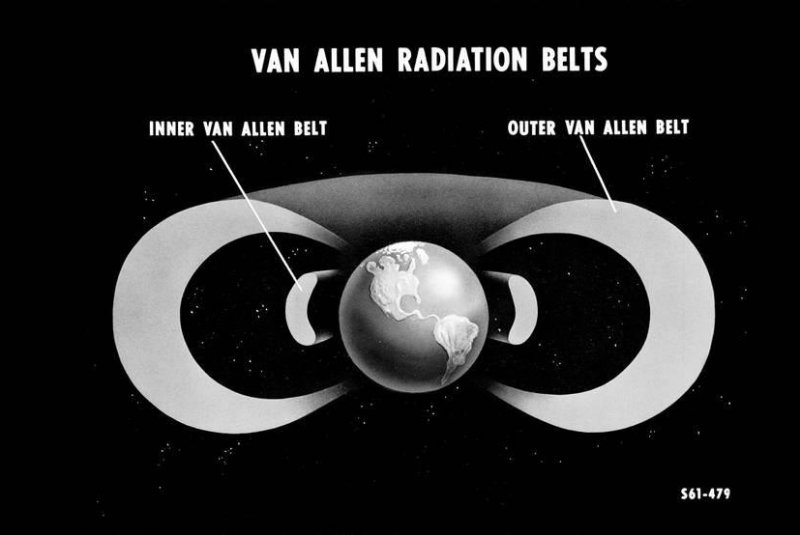New research offers insights into the source of relativistic particles found in the Van Allen radiation belts circling the Earth. Photo by NASA's Goddard Space Flight Center
May 29 (UPI) -- New data collected by NASA satellites suggest local acceleration explains most of the relativistic particles found in the Van Allen radiation belts circling Earth.
After analyzing data collected by NASA's Van Allen Probes and the agency's THEMIS satellites, scientists determined electromagnetic waves called chorus waves are responsible for accelerating particles in the Van Allen belts to relativistic speeds.
When recorded, the wave's pattern produces a chirping sound that recalls the chorus of a songbird. According to the new research, the waves steadily push ions and electrons found in the belt into higher and higher speeds.
By developing models that better explain the propagation of high-energy particles inside the radiation belts, scientists can better predict space weather and forecast risks for Earth's communications satellites.
"We've had studies in the past that look at individual events, so we knew local acceleration was going to be important for some of the events, but I think it was a surprise just how important local acceleration was," Alex Boyd, researcher at New Mexico Consortium in Los Alamos, said in a news release. "The results finally address this main controversy we've been having about the radiation belts for a number of years."
Until now, many scientists thought radial diffusion was the primary cause of high-energy particles in the radiation belts. Radial diffusion occurs when solar storms push particles in the belt closer to Earth, exposing them to electromagnetic forces that push them into higher speeds.
The latest research suggests radial diffusion is a secondary cause. Most particles in the radiation belts are pushed to high-energy states by their interactions with local waves created by fluctuating electric and magnetic fields.
"Radial diffusion is definitely important for the radiation belts, but wave-particle interactions are much more important than we realized," said researcher Geoff Reeves.
Scientists published their findings in the journal Geophysical Research Letters.















